Instead of building - 3D printing

Meanwhile, in the state of Minnesota, “Native American” Andrei Rudenko is pushing the boundaries of 3D printing, namely: in his backyard, a model of a medieval castle is erected in concrete in a 3x5 meter area using a 3D printing method. In the process, the prototype of the concrete printer is improved and updated.
Creating one of the largest objects in the field of 3d printing, the inventor wants to come to a reliable method of building real residential buildings that can withstand various weather conditions. Andrei has engineering and architectural education, which allows him to experiment and find interesting solutions at the intersection of architecture and 3d printing. The lock at the same time is an interesting challenge and an excellent demonstration of the capabilities of the printer.
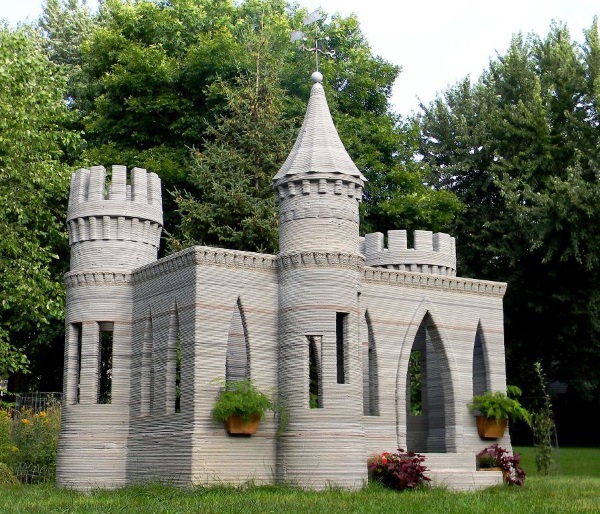
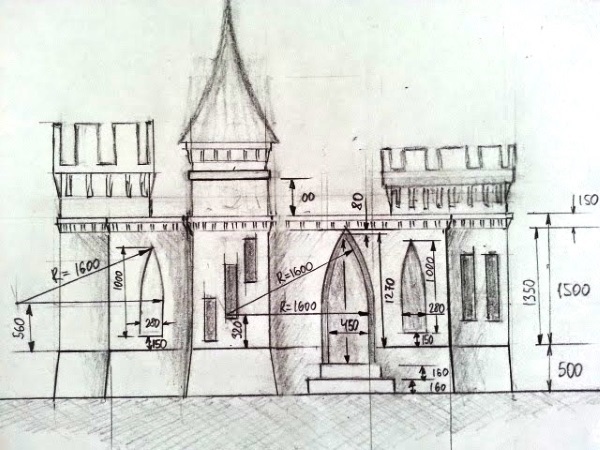
')
Andrei: “I have been interested in similar technologies since adolescence. My experiments began 20 years ago, but at that time there were no suitable computers and programs. Only a couple of years ago, I came across the RepRap project and started working on my car again. The construction and development of concrete mixtures took a year. An additional stimulus was the natural phenomenon of layered sandstone that I saw in Arizona during my trip a few years ago. Ideally, I want to achieve a similar look. ”
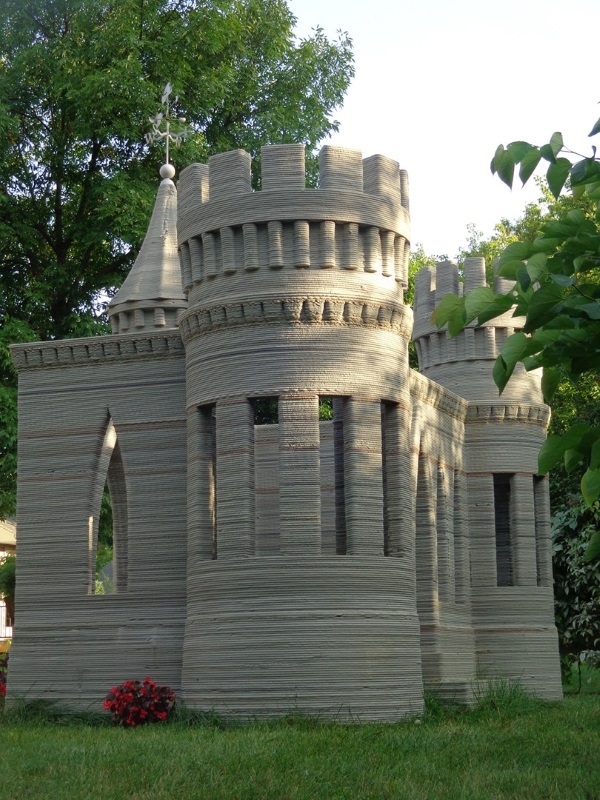
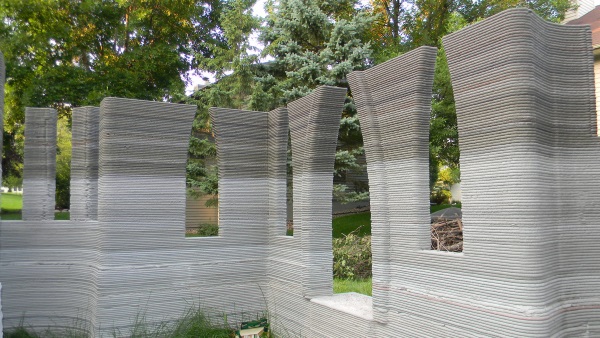
Since Andrey financed the project from his own funds, these restrictions also led to original engineering solutions.


Andrei: “At the beginning of my work, the sponsors were skeptical, because they did not believe that the project would go so far. Now that the structure is ready and the capabilities of the printer are obvious, I plan to arrange an auction to sell the first house. Since this will be the first printed house, I hope this event will attract a lot of attention. ”


A large printer was required for printing at home, so it had to be designed almost from scratch. Despite the great support of the RepRap community, the final car was made according to the original design. It is controlled by the Arduino Mega 2560 and special stepper motors.
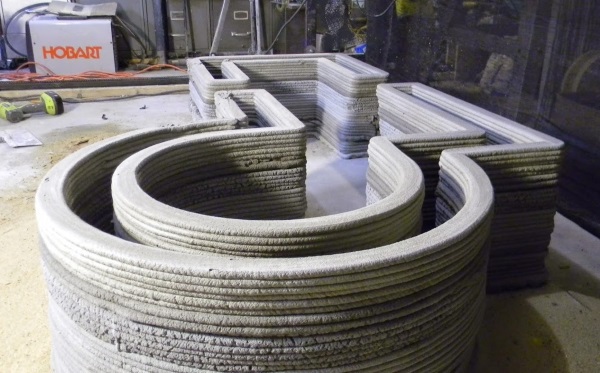

Andrei: “For a large printer, we had to look for special engines designed for a large load. The best suited engines of the company “Mass Mind”.
In addition, they were the only ones that worked correctly with the Marlin firmware, and were powerful enough to move the printer.
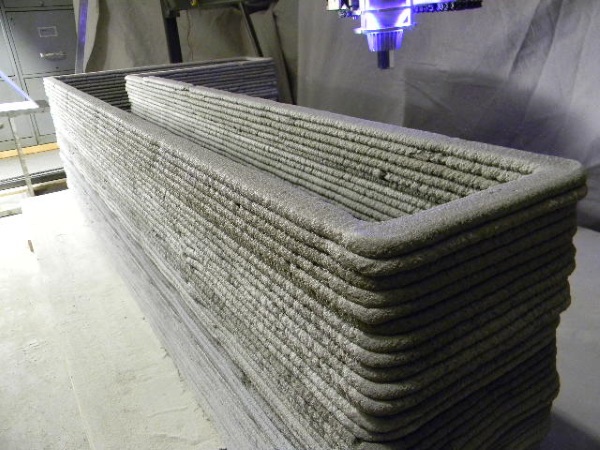
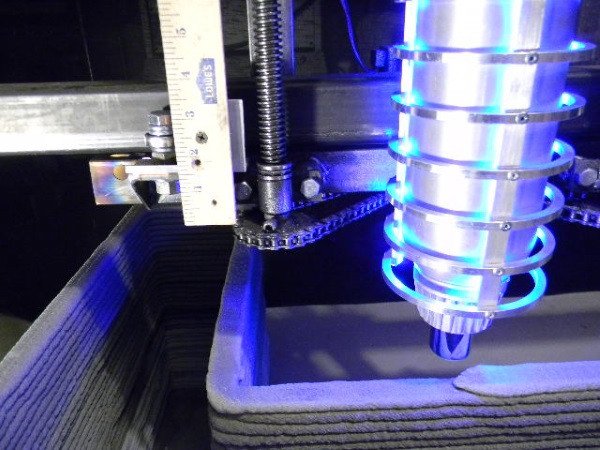
I achieve the natural effect of free-laying concrete without the need for post-processing. ”
Andrei also expects to develop a portable machine for laying smaller sizes so that small construction companies can afford it. "The final price will be later, but for now I am counting on $ 30000-50000, although everything strongly depends on spare parts and the type of model."
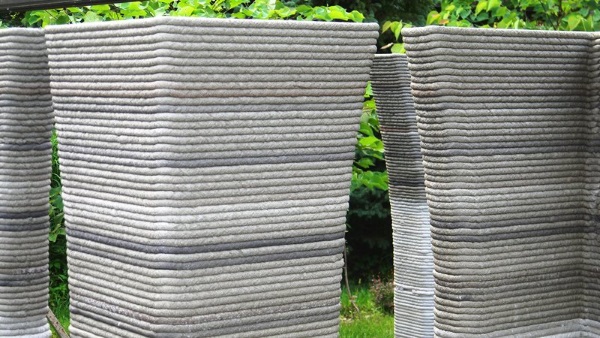
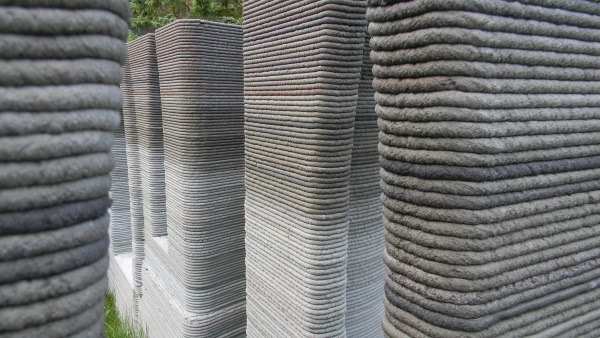
Rudenko expects to supply companies with individual, interchangeable parts of printers, so that companies can assemble themselves a car according to their needs. “I cannot send the whole machine, but I can send the extruder, the control unit, various important parts so that people can build their own version of the machine.”
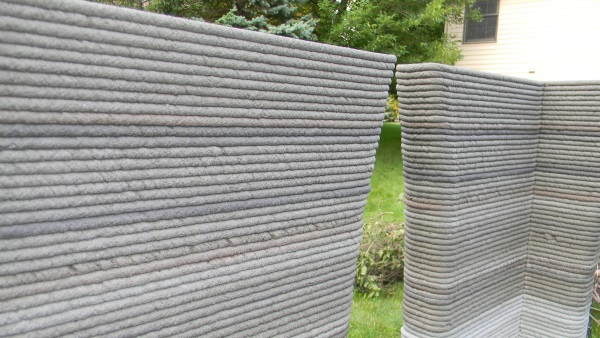

Now the printer puts about a 50-centimeter layer of concrete per day, although it all depends on the overall size of the structure. Usually a layer is obtained with a width of 30 mm and a height of 10 mm, although in principle any layers can be made. "For special parts such as crowns, I reduce the height of the layer to 5 mm, and in some places I reduce the printing speed."


Of course, for such structures require special materials.
“Cement laying is a difficult task - you need to set up a printer for a long time and use very precise proportions of the mixture. When testing, I ran into a lot of problems (for example, plugging an extruder), but I also found that the capabilities of the printer exceed initial expectations. ”
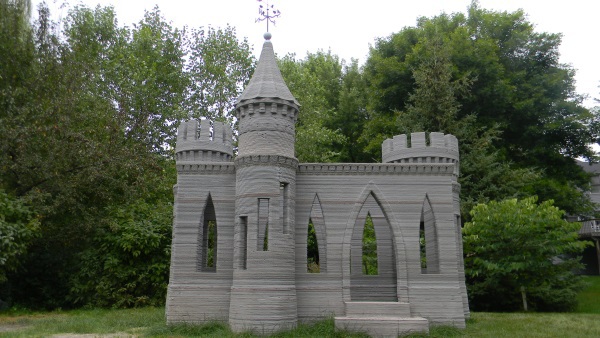
Also had to add reinforcement to the lower and upper parts of the walls. Cement was used the most common. Although you can use and quick-drying, but it will be more expensive and a little less qualitative.
Rudenko is sure that this technology will allow to reach new heights in architecture and will be at the same time more energy efficient than the existing ones.
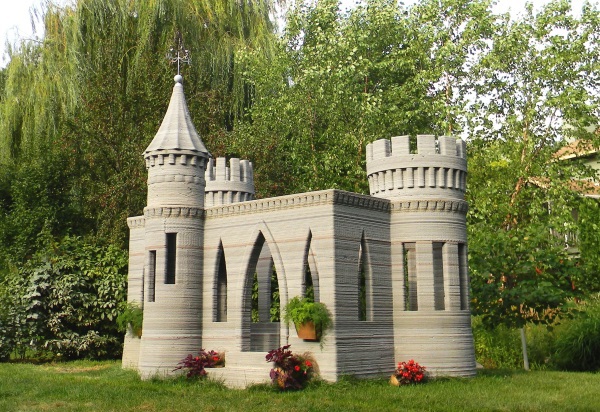
"I plan to focus on the development of this technology in construction and build a whole international network of enthusiasts, with the possibility in the future to provide them with do-it-yourself kits and ready-made printers."
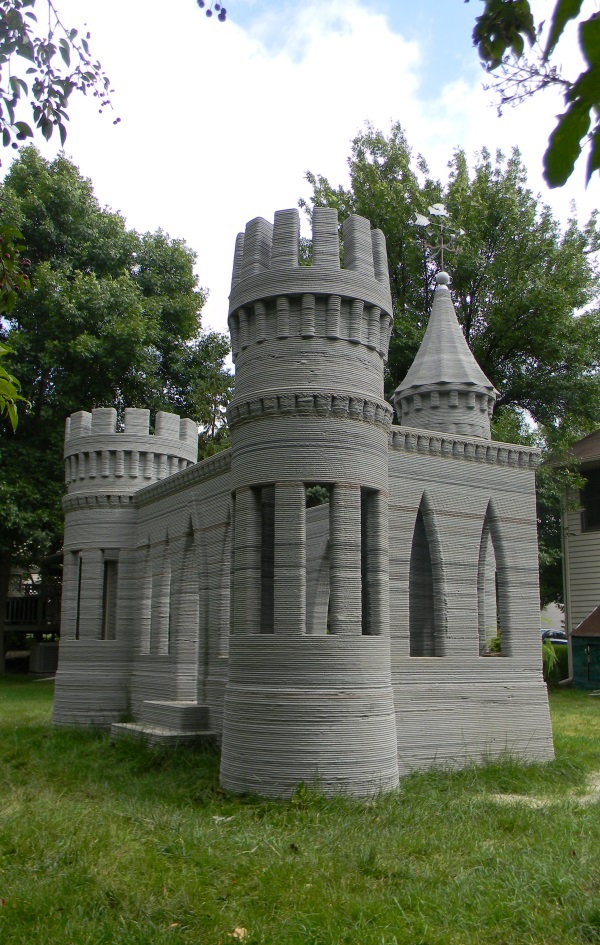
So far, of course, available printers for construction remain in the uncertain future, but the inventor is optimistic. “Though now the styling is going in layers of 30x10 mm, but a great many possibilities are available by simply pressing a button.”
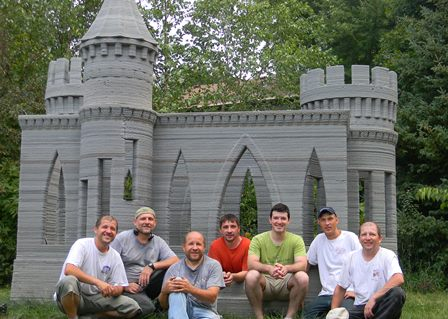
Based on the experience gained, the designer rebuilds the printer so that it can print without interruption 24 hours a day until construction is complete.
It is also planned to modify the design to print all at once. The towers of the castle were printed separately and it was very difficult to install them in their places. "I also figured out how to print the roof - but for now this material is only suitable for places with a warm climate."
The next project is a full-size real residential building. “I receive a lot of messages, it proves the high interest in this new technology. I want to be sure that on the next project my team will be able to use all the advantages of 3d printing.
I accept offers from individuals and companies that would be interested to purchase the first printed house, and who are ready to ensure payment of all project expenses. ” Also, the designer accepts proposals for cooperation from architects, designers and programmers interested in 3d-printing.
“I was sure before that I could print at home - and now I have proof. Now I am working on a prototype, which will be a small part of a rich assortment of printers developed by me. We are opening a new era in construction. So much more needs to be done. ”
Source: https://habr.com/ru/post/235093/
All Articles